A 6 day / 5 night program exploring the mystical Northern Alps of Japan.




Mountains and Monkeys 6 day / 5 night overland travel program PRIVATE TOURING
The majestic Northern Alps are mainly contained within Nagano prefecture, where we spend our time in this program. We explore it’s rural villages, wildlife sanctuaries and encounter playful monkeys whilst being able to give back to the local communities we visit.

The Shinkansen, Japan's bullet train, is an exceptional feat of modern engineering. You'll have the opportunity today to embark on a 90-minute journey aboard this ultra high-speed train and witness firsthand the unmatched levels of comfort, speed, and efficiency offered by one of the world's most remarkable transportation systems.
Your destination this morning is Nagano, host to the 1988 Winter Olympics and the gateway to Japan’s magical Northern Alps. We will then travel a further 45minutes by car, deep into the heart of the Alps to the hot spring resort of Yudanaka Onsen. It is famous for its traditional Japanese ryokans (inns) and open-air hot springs, said to have been discovered over 1,300 years ago and known for their therapeutic properties due to the mineral-rich water.
It is also known as the home of the Jigokudani Monkey Park, where wild Japanese macaques soak in the hot springs during the cooler months.
The Japanese macaques have been inhabitants of this region for a significant period, but six decades ago, their forest home was under threat. Ski resorts were being constructed, and trees were being felled to make way for ski lifts, causing a reduction in their habitat. As a result, the monkeys moved closer to human settlements, and nearby farms became a source of abundant food.
The farmers were understandably unhappy, and they took their complaint to the local government, who permitted them to remove the monkeys by any means necessary to safeguard their land.
Upon learning about this situation, a local man Sogo Hara established the Jigokudani Monkey Park to provide a safe haven for the macaques. For several months, he left apples in a valley adjacent to a hot spring until the monkeys became familiar with the new feeding area, and subsequently stopped raiding the farms.
The monkeys live in large social groups, and it can be quite entertaining to watch their interactions. Accustomed to humans, the monkeys can be observed from very close and almost completely ignore their human guests.
After spending time watching the monkey’s antics, you will head to your accommodation for tonight, a Japanese ryokan. Ryokans are traditional Japanese inns, with tatami flooring, futon bedding and your very own monkey-free hot spring bath!
Dinner tonight will be kaiseki cuisine, a multi-course meal featuring seasonal and local ingredients served in your ryokan.
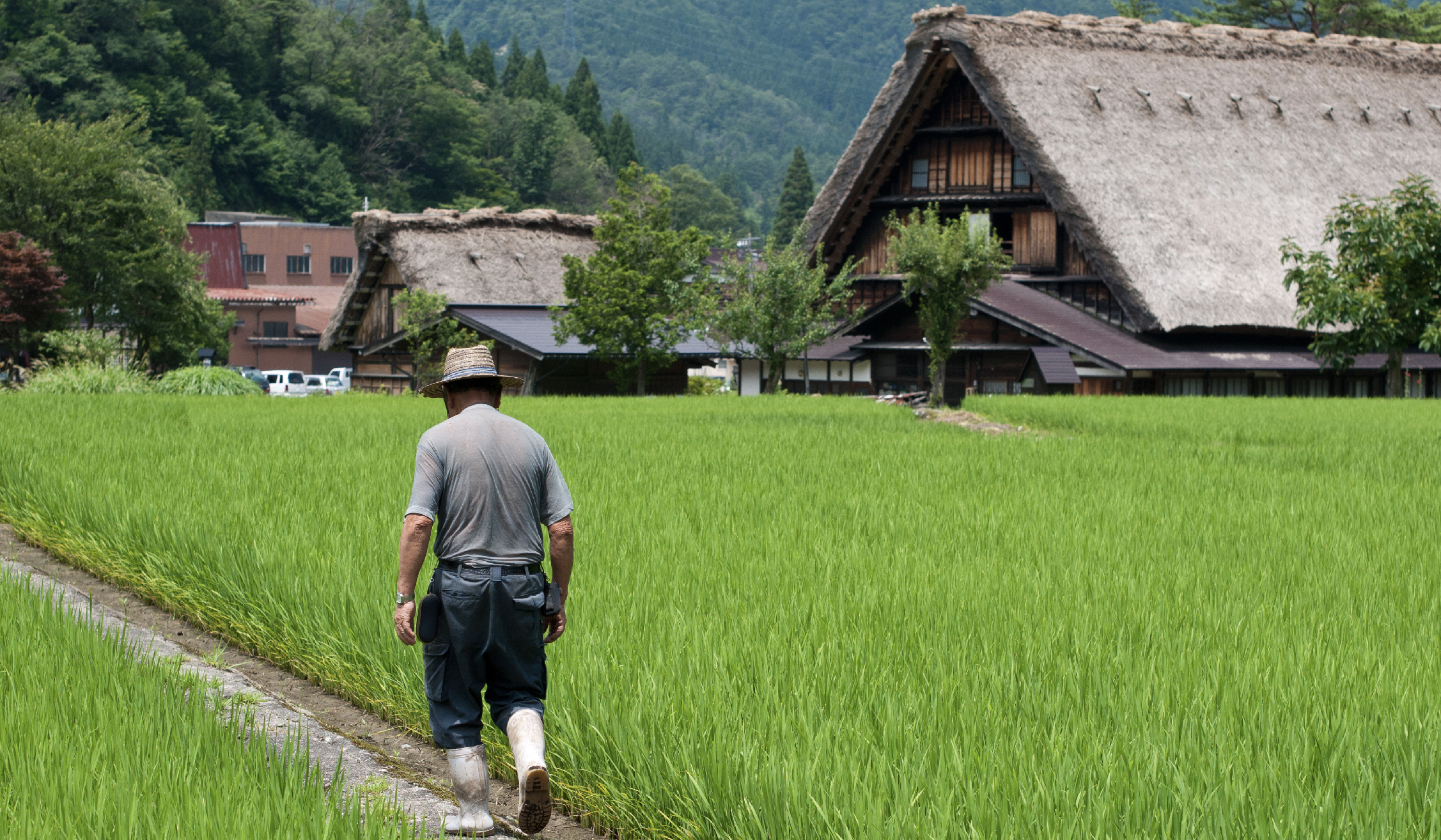
This morning we visit the charming town of Obuse, known as the home of renowned Japanese artist Hokusai in his later years. He is widely regarded as one of the most influential and talented artists in Japanese history, particularly in the field of ukiyo-e or woodblock printing.
Ukiyo-e is a style of Japanese art that originated in the Edo period (1603-1868) and is characterized by woodblock prints and paintings depicting various aspects of daily life, including landscapes, cityscapes, portraits of actors, sumo wrestlers, and courtesans, as well as scenes from folklore and literature. Ukiyo-e translates to "pictures of the floating world" in English and is associated with the pleasure-seeking lifestyle of the urban middle class in the Edo period.
Hokusai is most famous for his series of landscape prints titled "Thirty-Six Views of Mount Fuji," which features iconic prints such as "The Great Wave off Kanagawa." He also created many other notable works, including portraits, illustrations of classical literature, and instructional manuals on art. Hokusai's artistic style was characterized by his use of bold lines, vibrant colors, and a deep appreciation for nature. His works had a significant impact on the development of Japanese art, and his legacy continues to inspire artists and art enthusiasts around the world.
We will visit the Hokusai Museum, which displays a compilation of Hokusai's artwork, including two festival floats adorned with ceilings decorated by Hokusai himself, showcasing a dragon, a phoenix, and his signature waves. We will then take a walk through the historic town centre, which consists of art museums, a sake brewery, shops and restaurants around the narrow lanes and attractive, traditional style buildings at its center. After stopping for lunch at a local restaurant, we will continue on to by car to Karuizawa. A sumptuous dinner will be included at your accommodation tonight.
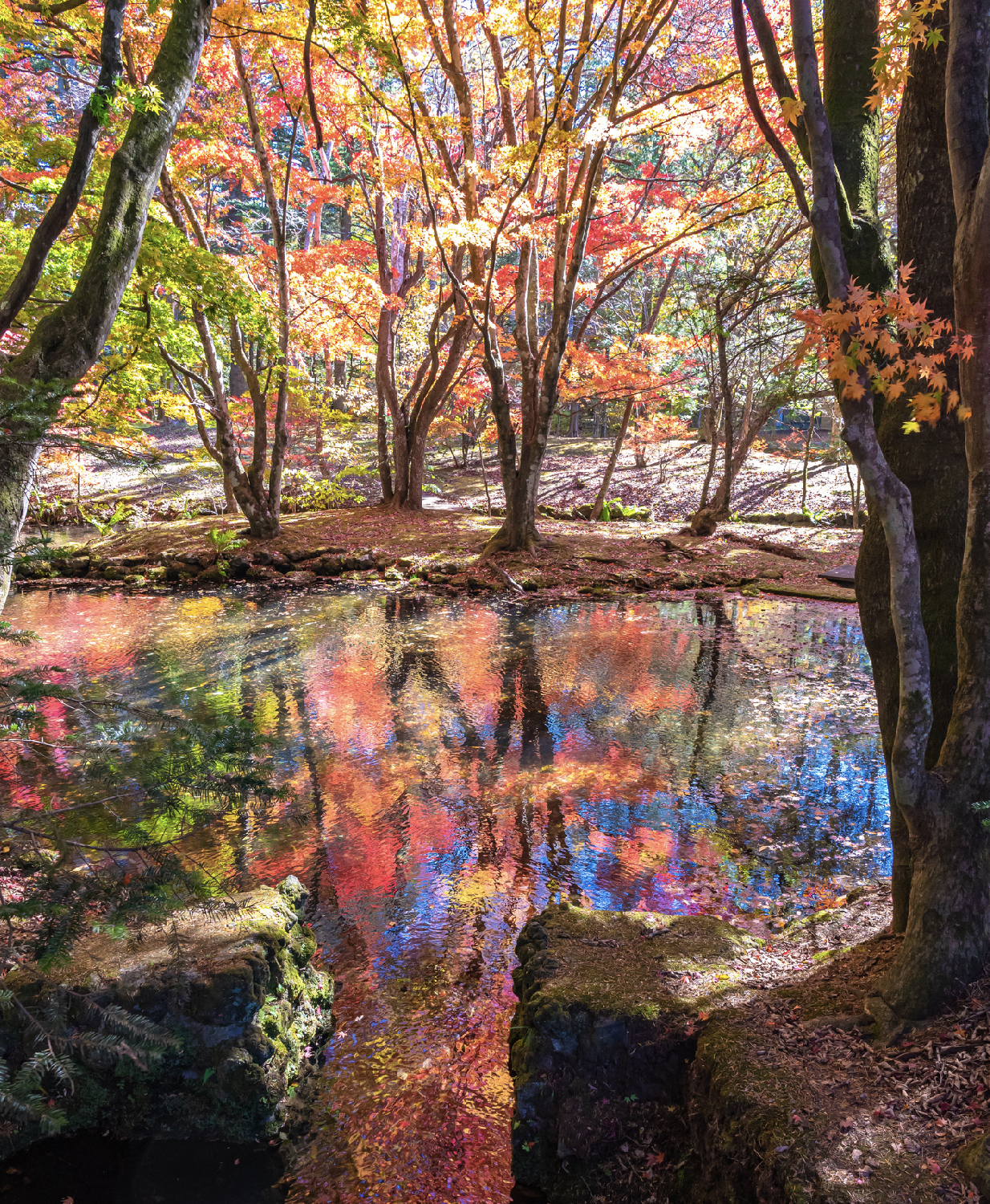

Karuizawa has a rich history dating back to the Edo period (1603-1868), when it was an important post town along the Nakasendo highway that linked Edo (modern-day Tokyo) with Kyoto. During this time, Karuizawa served as a resting place for travelers and became known for its natural beauty and cool climate.
In the late 19th century, Karuizawa began to attract attention as a summer retreat for foreigners and wealthy Japanese, who were seeking relief from the hot and humid summers in the cities. The arrival of the railroad in 1893 made Karuizawa more accessible, and it soon became a popular resort destination for Tokyo's elite. Many notable figures, including diplomats, politicians, and writers, visited Karuizawa during this time, and it gained a reputation as a place of relaxation and luxury.
Today we will be visiting the Picchio Wildlife Research Centre. Having started as a wild bird sanctuary, Picchio shifted its focus to the conservation and management of the local Asiatic black bear population in 1998.
Karuizawa, with its burgeoning size and tourism industry, has experienced a growing issue with Asian Black Bears. These bears frequently venture into urban areas in search of food sources such as garbage or crops, causing concern among locals.
In response, Picchio has taken measures to mitigate this problem and safeguard both the bears and the people. Efforts to address the issue have included educating the public on ways to deter bears, implementing bear-proof garbage bins, and maintaining round-the-clock surveillance on bear activity. These measures aim to reduce human-bear conflicts and promote coexistence between humans and wildlife in the area.
On your tour today, your bear expert will educate you on the bear protection management utilised by the centre, followed by a field study tour to various habitat points. Some bears in the area have radio collars attached, and our guide can track their locations. The Picchio experts will point out the current location of any nearby bears, and it is possible that you may encounter one of these majestic animals during the tour. You will also get a chance to meet one of the centre’s “bear dogs”. These hard working and courageous dogs are bred and trained with an emphasis on good temperament with people, genetic and physical health, and working aptitude with large and potentially dangerous wildlife.

We continue our journey through the Northern Alps to the town of Chino. Home to only 55,000 people, Chino is not usually found on a tour itinerary for Japan. But with its stunning shrines, spectacular mountains and friendly locals, it is a very special place to visit.
Chino is comprised of multiple small villages and we will take a tour of Sasahara Village with one of the local residents. This charming village comprises approximately 100 residences, and a guided tour around the village will uncover distinctive details exclusive to the region. Your expert will tell you about the exceptional characteristics of the local houses, with explanations about the layout and structure of the homes,. You will also be provided a rare chance to access certain storehouses and residences, to see first hand how the locals live.
Lunch today is a special treat, as we have arranged a cooking lesson with a couple of the village matriarchs, Yoshiko-san and Sumiko-san. Your lesson, or “cooking with the grannies” as they like to call it, starts with an exploration of their garden where you will select vegetables for your lunch. They will then show you their cooking techniques, all the while giving you the run down on life in the village.
Lunch will include some of the local foods: Shime Tofu and Abura-age Rolls. Shime Tofu is a dish made by forcing a big chunk of tofu inside a rice straw bundle. Abura-age rolls, instead, are deep-fried tofu wraps filled with vegetables. The other dishes change depending on the season. You may prepare some dainty agar cakes or miso soup with yam. Tonight’s accommodation is an experience all in itself, as you will spend the night in a century-old farmhouse nestled in the foothills of the Yatsugatake Mountains. You can bask in the refinement of classic aesthetics coupled with contemporary conveniences. Revel in the enduring charm of the authentic architecture, featuring sturdy wooden beams, ornamental alcoves, and even a quaint sunken hearth. Spoil yourself with abundant amenities, including modern bathrooms, heating, and plush sofas and beds to guarantee a snug and delightful stay. The farmhouses were designed by the bestselling author and Japanophile Alex Kerr, an authority in traditional house restoration. His style effortlessly combines old-world aesthetics and present-day comfort. A portion of the proceeds for your stay are used to maintain the local area.

Today we will hop on a bike and together with our local travel expert, set off on a journey to discover the origin of Japanese spirituality. The destination is Suwa Grand Shrine, a sanctuary so old that its origin is shrouded in mystery. You will visit the two upper shrines of Maemiya and Honmiya, where the Nature worship of ancient Japan is still strong, and pass by Jinchokan Moriya Historical Museum and the three teahouses of Takasugi-an, Hikusugi-an, and the Flying mud boat, where you will encounter the imaginative and quirky architecture of Fujimori Terunobu.
On the way there, you will ride along the Miyagawa River, pass under a row of cherry trees that turn a pretty pink in spring and a fiery red in autumn, and discover a lot of hidden spots only the locals know. You will also stop by a shop selling kanten, typical food from the area, and have a break for lunch at a local café .
Touring the countryside by bicycle allows us to stop and enjoy the fabulous details that we would normally drive straight through. A small statue, a beautiful family crest painted onto a wall, a conversation with a friendly farmer - all of these opportunities become much more realistic when you are cruising on a bicycle. The ride is leisurely with few ups and downs, and you will ride pedelecs, special bikes where a small electrical motor assists the pedaling. The rest of the day is free to enjoy your beautiful farmhouse accommodation and the surrounding village of Yamaura, a nostalgic rural area where traditional kura storehouses flank the narrow winding alleys, and where you can spot local people wearing large straw hats at work in the fields in-between. Your farmhouse has a Japanese garden with a small pond. Interestingly enough, every house in the village has such a garden and all the ponds are connected in an intricate network.

We say goodbye to the rural charms of Chino as we take a short train ride to Matsumoto. The city has a long and fascinating history, dating back to the 8th century when it was established as a castle town. Throughout the centuries, Matsumoto has played a pivotal role in the political and economic development of the region.
During the Edo period (1603-1868), Matsumoto flourished as a center of commerce and culture, with many notable landmarks and buildings constructed during this time. Matsumoto also played an important role in the development of the silk industry in Japan. The city was home to many silk merchants and was a major hub for the production and trade of silk fabrics. The legacy of the silk industry can still be seen today in the many traditional silk factories and shops in the city.
Here we will visit Matsumoto Castle, which was built in 1504 and is one of the oldest surviving castles in Japan. It is known for its distinctive black exterior and is designated as a National Treasure of Japan.
Matsumoto Castle is a "hirajiro," meaning it was constructed on level ground rather than atop a hill or mountain. What sets this castle apart is its inclusion of both a secondary donjon and a turret, attached to the main keep. The castle's distinctive black paneling, coupled with its unique structures, exudes an aura of grace and poise. Located just a brief stroll away from the castle, Nakamachi-dori constitutes a charming segment of Matsumoto's downtown region. The streets in this area are adorned with well-maintained, ancient structures, such as warehouse-style buildings (kura) sporting broad white-painted walls. During the Edo Period, this was the residential hub of the city's merchants, and the buildings found here today bear witness to this historical past. After a local lunch, we will head back to Tokyo in style on the Limited Express Azusa train (3hours).
PROGRAM CONCLUDES
![]()

Travel Designer Insights
Nagano prefecture is home to the towering Northern Alps, and having hosted the Winter Olympic in 1988, is known primarily as a ski destination.
However Nagano offers so much more and in these 6 days we take a deep dive into its rural charm. We even sleep like the locals, swapping hotels for traditional ryokan and a stay in a restored farmhouse. But never fear, all the mod cons and comforts are still provided for.
Our visit to the Picchio Wildlife Centre and stay in Chino allow us to give back to the communities that we visit.
TRAVEL INSPIRATION
STORIED IMAGERY ON THE DESTINATION
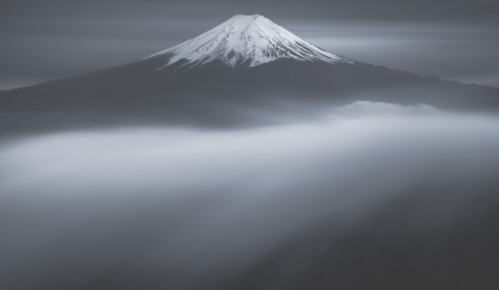
BE INSPIRED
VIDEO SHOWREEL
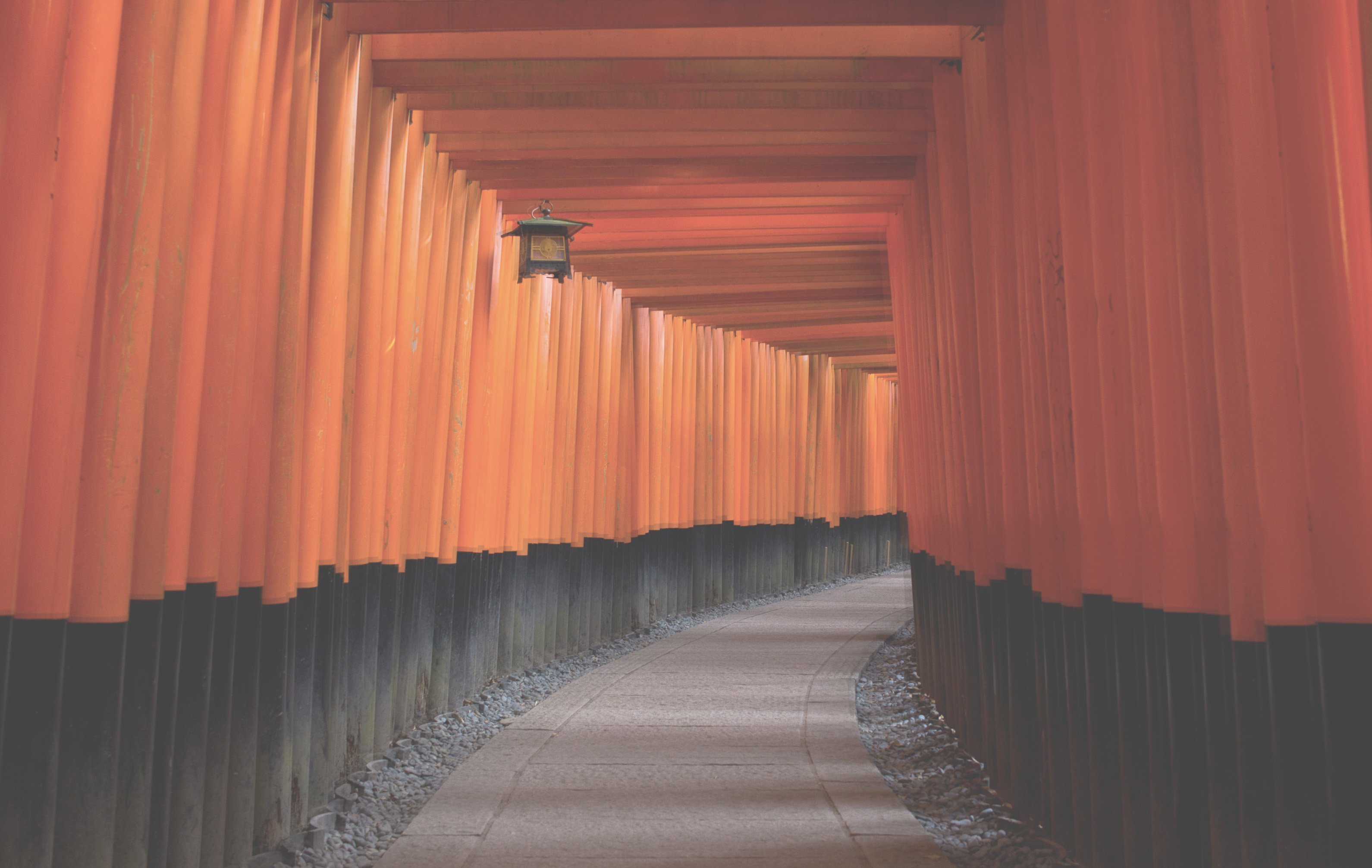
IMAGE BANK
HIGH QUALITY VISUALS FOR DOWNLOAD
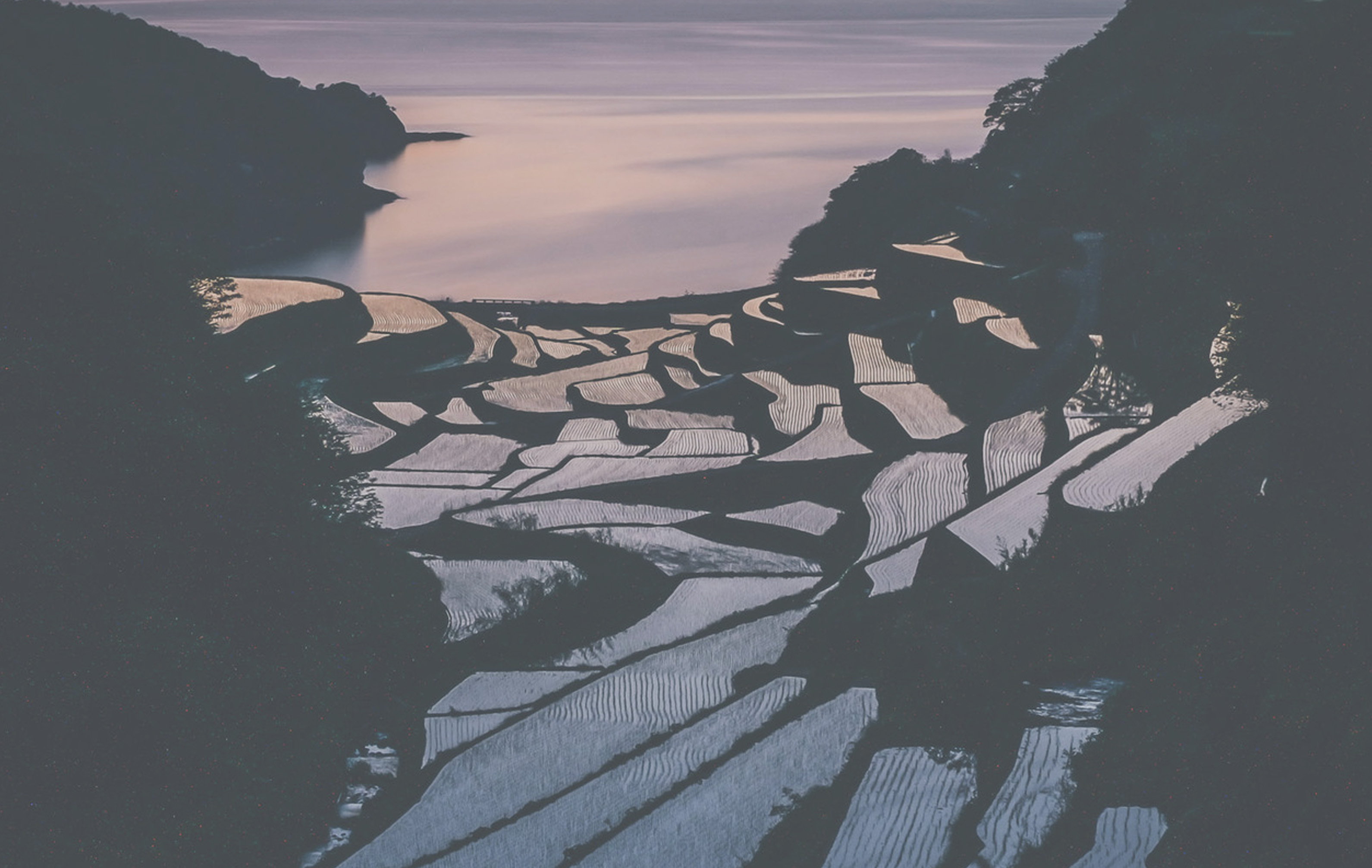
TRAVEL PORTFOLIO
DISCOVER OUR PRODUCT RANGE

SUPPORT TOOLS FROM THE ASIA CONCIERGE WEB PORTAL
Asia Concierge Japan
Level 10, KDX Toranomon 1 chome building,
1-10-5 Toranomon, Minato-ku
Tokyo,
Japan
Tel: +81 50 1750 2664
